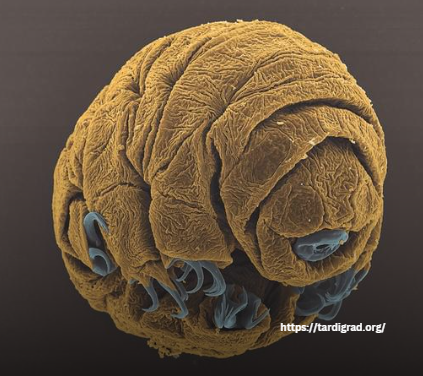Ecology
The study of the interactions between tardigrades and their environment, including their distribution, abundance, and role in ecosystems.
Introduction:
Ecology, the study of how organisms interact with their environment, unravels the intricate relationships that shape our ecosystems. Among the diverse array of organisms, tardigrades stand out for their ability to thrive in various habitats. In this article, we delve into the captivating field of tardigrade ecology, exploring their distribution, abundance, and the fascinating roles they play within ecosystems.
Distribution of Tardigrades:
Tardigrades exhibit a remarkable global distribution, inhabiting a wide range of ecosystems across the planet. They can be found in diverse habitats such as terrestrial environments, freshwater bodies, marine ecosystems, and even extreme locations like Antarctica and deep-sea trenches. Understanding their distribution patterns provides valuable insights into their adaptability and ecological significance.
Abundance and Biomass:
Despite their small size, tardigrades can achieve high abundance and biomass in certain ecosystems. In favorable conditions, they reproduce rapidly, leading to population growth and increased biomass. Their ability to withstand adverse environmental conditions, including desiccation & extreme temperatures, allows them to persist even in habitats where other organisms struggle to survive. As a result, tardigrades can play important roles in the overall biomass and trophic dynamics of ecosystems.
Interactions with Other Organisms:
Tardigrades engage in a multitude of interactions with other organisms, including mutualistic, predatory, & competitive relationships. In some cases, they form mutualistic associations with algae or bacteria, benefiting both parties involved. Tardigrades also serve as prey for other invertebrates and play a role in the trophic cascades within their ecosystems. These complex interactions contribute to the intricate web of life and energy flow in ecological communities.
Role in Ecosystems:
Tardigrades fulfill various ecological roles within their respective ecosystems. They occupy positions at different trophic levels, serving as herbivores, carnivores, or decomposers, depending on the species and habitat. Some species consume plant matter, algae, or other microorganisms, while others prey upon smaller invertebrates. As decomposers, tardigrades contribute to nutrient cycling by breaking down organic matter and releasing nutrients back into the ecosystem. Their feeding habits and interactions with other organisms shape the dynamics and functioning of their respective ecosystems.
Tardigrades as Indicators of Ecosystem Health:
Tardigrades have been recognized as valuable indicators of ecosystem health due to their sensitivity to environmental changes. Certain species within the tardigrade community are more sensitive to pollution, habitat degradation,or shifts in climate conditions. Monitoring the diversity and abundance of tardigrades can provide early warning signs of environmental disturbances and help assess the overall health of ecosystems.
Frequently Asked Questions
Tardigrades can be found in diverse habitats such as terrestrial environments,freshwater bodies, marine ecosystems, and extreme locations like Antarctica and deep-sea trenches.
Tardigrades fulfill various ecological roles within ecosystems. They can be herbivores, carnivores, or decomposers, depending on the species and habitat. They participate in nutrient cycling as decomposers and serve as prey for other invertebrates, influencing trophic cascades.
Yes, certain species of tardigrades are sensitive to environmental changes. Monitoring their diversity & abundance can provide insights into the health of ecosystems and act as indicators of pollution, habitat degradation, or climate shifts
Yes, tardigrades can form mutualistic associations with algae or bacteria,benefiting both parties involved. These interactions showcase the complexity of relationships within ecological communities.
Tardigrades play a crucial role in ecological research due to their adaptability, abundance, & interactions with other organisms. They provide insights into ecosystem dynamics, trophic interactions, and serve as indicators of ecosystem health

Conclusion
Tardigrade ecology offers a fascinating glimpse into the interactions between these resilient microorganisms and their environment. Their widespread distribution, adaptability, and roles within ecosystems make them significant players in the intricate web of life. By unraveling their distribution patterns, abundance, and ecological roles, scientists deepen our understanding of the functioning and dynamics of ecosystems. The study of tardigrade ecology not only sheds light on the remarkable resilience of these tiny creatures but also highlights the interconnectedness of all organisms within our natural world.
